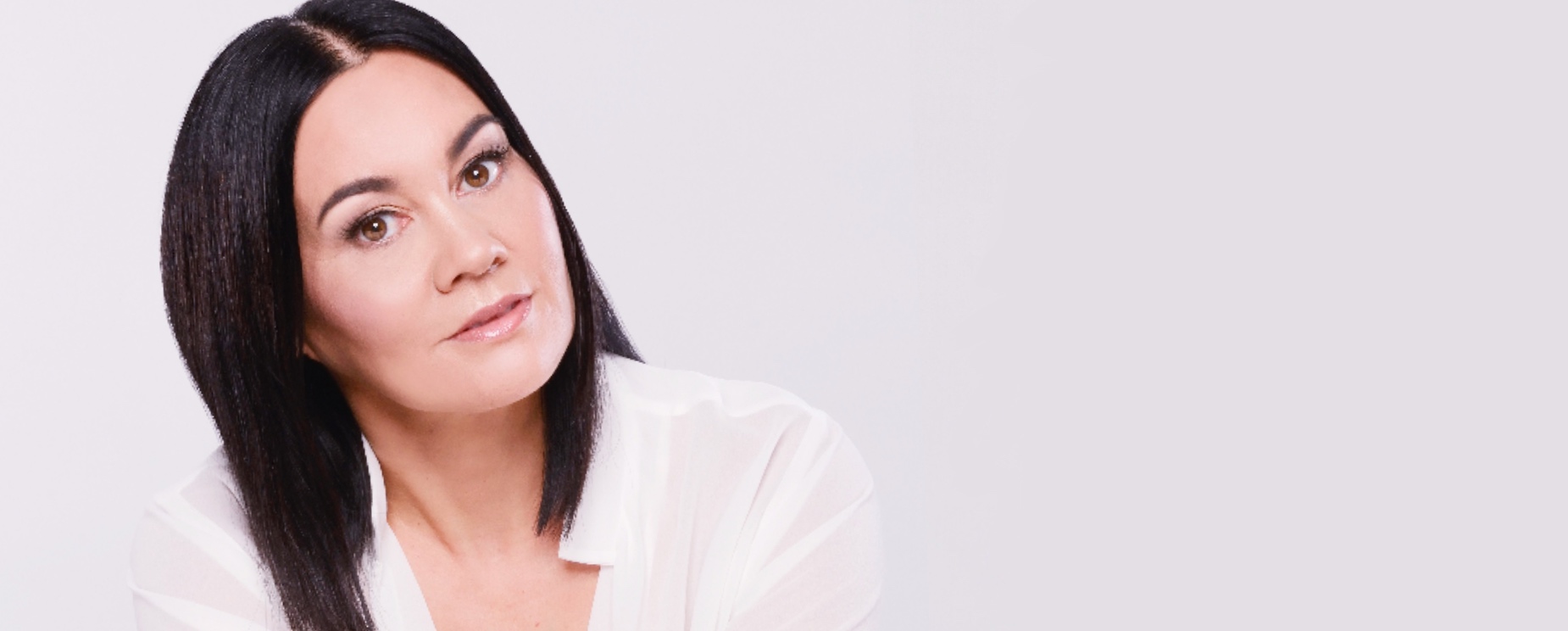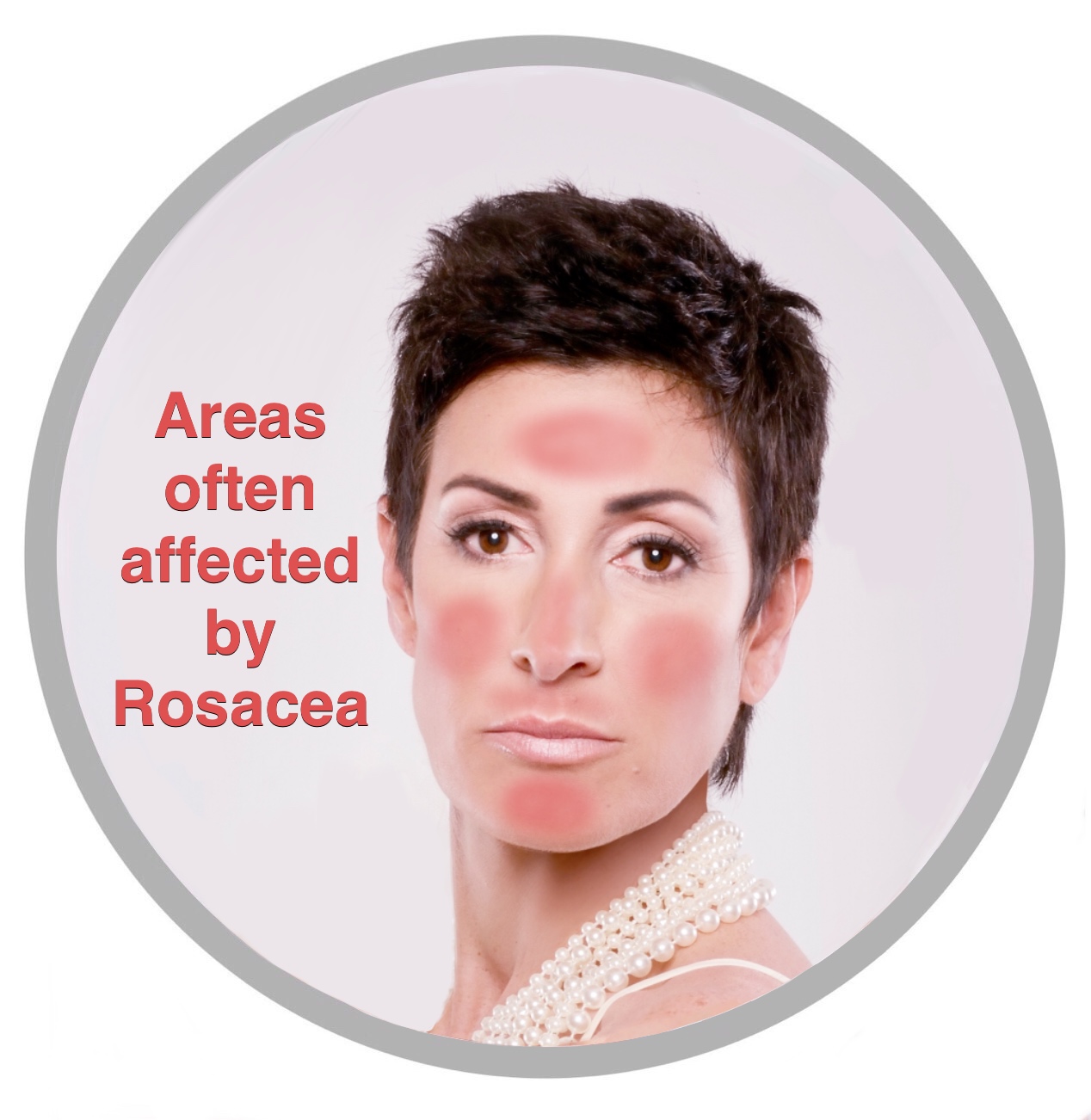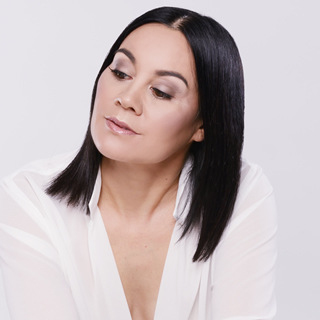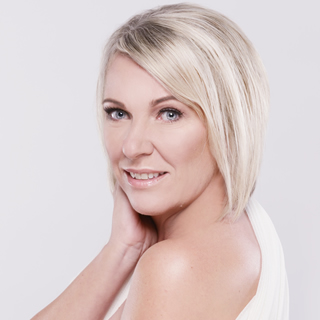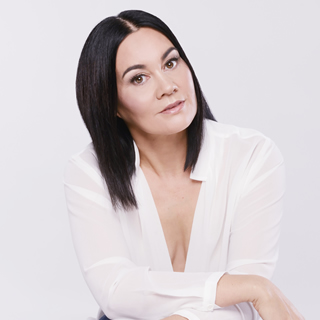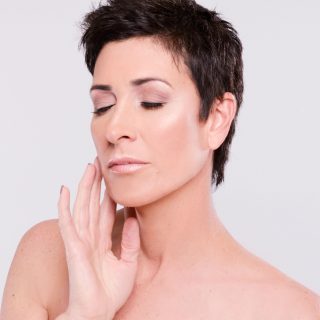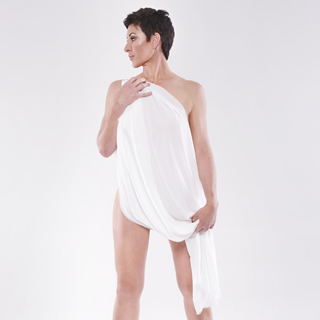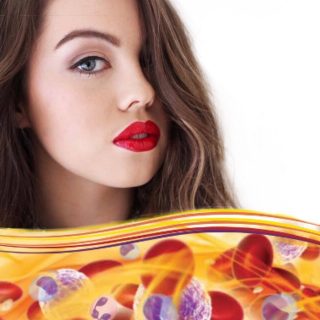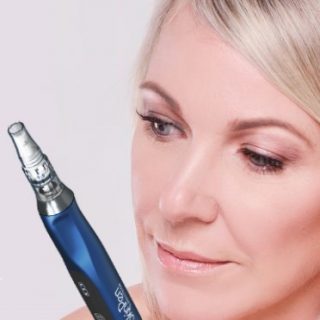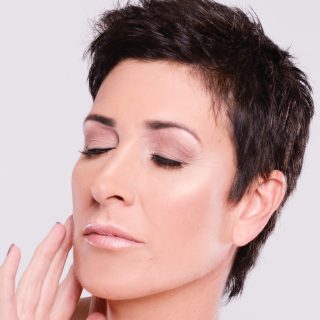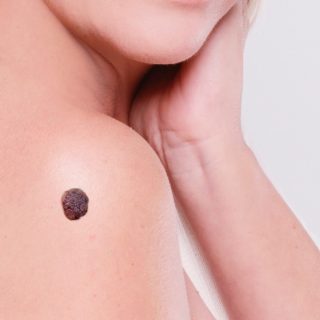- Avoid triggers that may exacerbate the condition.Common triggers of rosacea :
- foods including liver, yogurt, cheese, and spicy/chilli foods
- direct sunlight
- extremes of weather
- alcohol
- hot drinks
- stress
- heavy physical exercise
- hot flushes/menopause.
- skin care regimes may also exacerbate rosacea, especially those containing alcohol (e.g. in toners), topical steroids (can help initially, but in the long-term will exacerbate rosacea), and any skin care that irritates the skin such as Retin-A(tretinoin).
- Sunscreen
The use of non-irritating sunscreens is important. Physical sunscreens with titanium dioxide or zinc oxide have anti inflammatory properties and tend to irritate skin less than chemical sunscreens. Titanium dioxide and zinc oxide do not enter the skin and are not absorbed by the body, as opposed to chemical sunscreens that are absorbed by the body and skin and increasing the potential for skin irritation and exacerbation of rosacea.
- Skin care
Using skin care with anti-inflammatory ingredients is appropriate in the treatment of rosacea. These include; aloe vera, arnica, calendula, chamomile, cucumber, provitamin B5, feverfew, green tea, licochalone, perilla leaf extract, red algae, red clover, thyme, willow herb, and zinc.
Niacinamide and salicylic acid are also topical agents that have anti-inflammatory and anti-bacterial properties and have been shown to improve rosacea. Vitamin B serum contains Niacinamide and can help with rosacea.
Another good option for rosacea in is retinaldehyde. Retinaldehyde is a less irritating form of retinoid and is better tolerated by those with sensitive skin. It is available in the Osmosis skin care and in the Osmosis serum Calm. Retinaldehyde has been shown to reduce endothelial growth factors which can worsen redness in the skin. Again, topical retinaldehyde should be introduced slowly to the skin to prevent it from causing any irritation that could worsen the rosacea.
- Mineral Make up
Mineral make-up, such as Osmosis Colour and Jane Iredale do not tend to enter the skin, congest the skin and exacerbate rosacea. They also contain some calming ingredients such as green tea extract.
- Prescription Medication
More powerful anti-inflammatory agents (these require a prescription from a doctor) include metronidazole gel (Rozex) and clindamycin gel. Both are antibiotics, but are used in this case for their anti-inflammatory properties. In the author’s opinion however, metronidazole and clindamycin gels are not very effective in the treatment of rosacea.
Topical steroids are not useful in the long-term with rosacea, as although they can decrease inflammation in the short-term, they tend to worsen redness and capillary formation in the long-term.
Oral antibiotics have also been used in the treatment of rosacea. Generally, they are used for inflammatory lesions i.e. papules and pustules (or acne-like lesions), rather than for background redness or capillaries. Tetracyclines are the main antibiotic used in rosacea and include minomycin and doxycycline. Macrolides are also used and examples of this group of antibiotics include clarithromycin and azithromycin, and tend to be more expensive than the tetracyclines. All antibiotics require a prescription from a doctor.
- Light based therapy
The treatment of redness and capillaries due to rosacea is often more rapidly corrected with laser/ IPL treatments. In many cases, broken facial capillaries can only be properly treated by light therapy.

